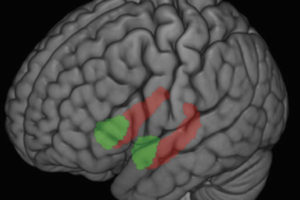Sommerfeldt says it’s unclear which comes first: good stress regulation or high stress-heart rate coherence.
“If people can recognize that they’re stressed and have a good relationship between their bodies and stress levels, then maybe it’s less likely that their stress will spill over and affect their mood and behavior,” says Sommerfeldt. “At the same time, if you have higher levels of emotional well-being, then you’re probably better at regulating your emotions. For example, you might say, ‘Yes, I’m stressed, but I know what to do with it and I can accept my stress.’ You use less denial in coping with it.”
Sommerfeldt says teaching coherence could begin with helping a person recognize their emotions, which might be an important part of the therapeutic process. Future research may explore whether coherence might be enhanced by interventions or practices like mindfulness or cognitive behavioral therapy (CBT). She says that for now researchers do not know whether these findings can be applied to other emotions, since the team focused only on stress.
Richard Davidson, the senior author of the article and director of the Center for Healthy Minds, is excited about these new findings.
“The data support the potentially beneficial role of awareness in psychological well-being and physical health,” Davidson says. “And since we know that awareness can be enhanced through training, it raises the possibility that stress-heart rate coherence can be learned.”
This work was supported by the John D. and Catherine T. MacArthur Foundation Research Network, the National Institute on Aging (P01-AG020166, U19-AG051426), the NIH National Center for Advancing Translational Sciences (NCATS) Clinical and Translational Science Award (CTSA) program (UL1TR001409 [Georgetown], UL1TR001881 [UCLA], 1UL1RR025011 [UW]). Sommerfeldt was also supported by a University of Wisconsin – Madison University Fellowship, and a Pre-Doctoral Fellowship through the Training Program in Emotion Research (NIH T32MH018931-28).
-Brita Larson







